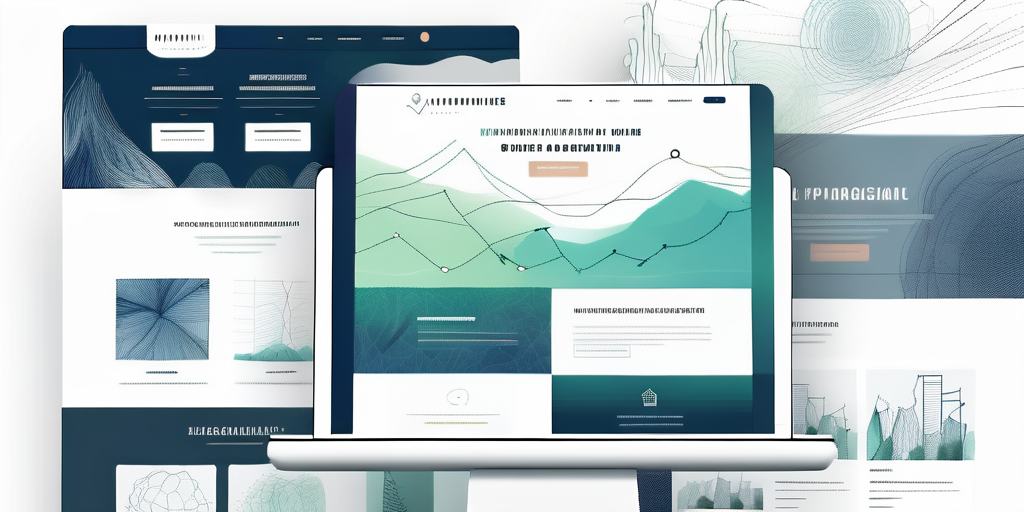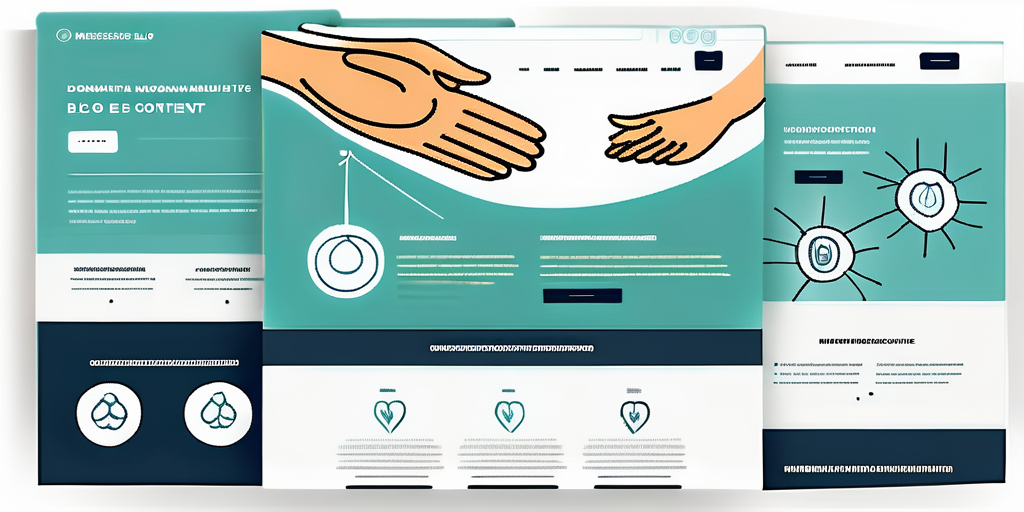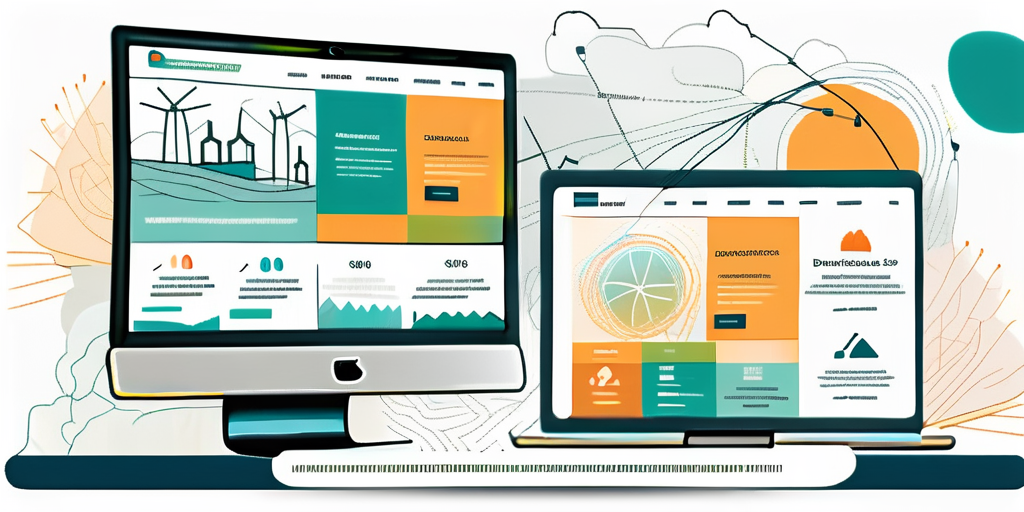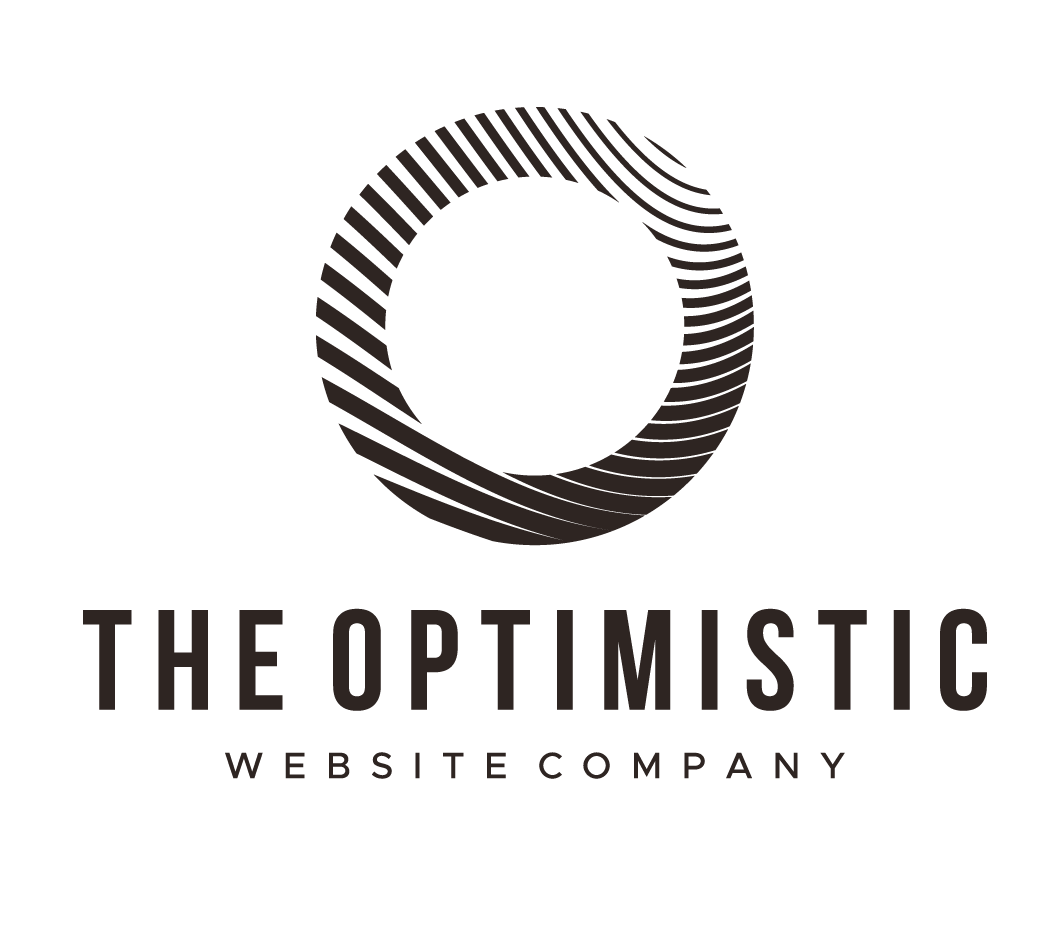Nonprofit organizations play a crucial role in society by addressing various social issues and making a positive impact. In today’s digital age, having an effective website is essential for nonprofits to engage with their audience, raise awareness, and gather support. The design of a nonprofit website can significantly influence its success in achieving these goals. By understanding the importance of nonprofit website design and leveraging engaging user experience, organizations can elevate their impact and reach a wider audience.
Understanding the Importance of Nonprofit Website Design
When it comes to nonprofit website design, there is more to it than just aesthetics. The design of a website plays a crucial role in conveying the organization’s mission, values, and impact. It is the first impression that visitors have of the organization, and it can either captivate or repel them. A well-designed website can effectively communicate the organization’s message and compel visitors to take action. On the other hand, a poorly designed website can confuse and frustrate visitors, leading to missed opportunities and a negative image.
The Role of Website Design in Nonprofit Success
An effective website design can contribute to the overall success of a nonprofit organization in several ways. Firstly, it establishes credibility and trust. A professionally designed website can instill confidence in visitors and assure them that the organization is legitimate and trustworthy. This is particularly important for nonprofits that rely on donations and support from individuals and corporations.
Secondly, a well-designed website enhances accessibility and user-friendliness. Nonprofits should make their websites intuitive and easy to navigate, allowing visitors to quickly find the information they need. Clear navigation menus, search functionality, and well-structured content can create a seamless browsing experience for visitors, ensuring that they stay engaged and interested.
Lastly, an effective website design can drive conversions and action. Nonprofit websites should prominently feature clear calls to action, guiding visitors to donate, volunteer, or take any other desired action. By strategically placing these calls to action throughout the website, nonprofits can maximize the chances of visitors becoming active supporters.
How Engaging User Experience Elevates Impact
A key aspect of effective nonprofit website design is creating an engaging user experience. When visitors have a positive and memorable experience on a website, they are more likely to stay longer, explore further, and take action. Engaging user experience can be achieved through various design elements and strategies.
One important element is the use of compelling visuals. High-quality images and videos that showcase the organization’s work and impact can evoke emotions and create a connection with visitors. By incorporating visuals that tell a story, nonprofits can effectively engage visitors and inspire them to support the cause.
Another strategy is to incorporate interactive elements into the website design. This can include features such as quizzes, surveys, or interactive maps that allow visitors to actively participate and engage with the content. By making the website interactive, nonprofits can create a more immersive experience that encourages visitors to explore and learn more about the organization.
Additionally, personalization can greatly enhance the user experience. Nonprofits can tailor the content and messaging on their website based on the visitor’s interests or previous interactions. This can be done through personalized recommendations, targeted messaging, or customized user profiles. By providing a personalized experience, nonprofits can make visitors feel valued and understood, increasing their likelihood of becoming supporters.
Lastly, a responsive design is crucial for a positive user experience. With the increasing use of mobile devices, it is essential for nonprofit websites to be optimized for different screen sizes and devices. A responsive design ensures that the website adapts and functions seamlessly across various platforms, allowing visitors to access the content and take action regardless of the device they are using.
Key Elements of an Effective Nonprofit Website
Designing for Accessibility and User-Friendliness
Incorporating Clear Calls to Action
Showcasing Your Nonprofit’s Mission and Impact
Designing for Accessibility and User-Friendliness
Accessibility should be a priority when designing a nonprofit website. This means ensuring that the website is usable by people with disabilities, such as those who are visually impaired or have mobility limitations. Incorporating features like alt text for images, proper heading structure, and keyboard navigation can make the website more accessible and inclusive.
When considering accessibility, it’s important to think beyond just meeting the minimum requirements. Going above and beyond to create a truly inclusive experience can have a significant impact on the website’s effectiveness. For example, providing options for adjusting font sizes and color contrast can make the content more readable for individuals with visual impairments.
User-friendliness is another crucial element of nonprofit website design. The website should be easy to navigate, with clear and intuitive menus, breadcrumbs, and search functionality. Additionally, the content should be organized and presented in a way that is easy to understand and digest.
One way to enhance user-friendliness is by conducting user testing and gathering feedback from the target audience. This can help identify any pain points or areas for improvement in the website’s design and functionality. By continuously iterating and refining the user experience, nonprofits can create a website that truly meets the needs of their visitors.
Incorporating Clear Calls to Action
To maximize conversions and action, nonprofit websites should incorporate clear and compelling calls to action. These should be strategically placed throughout the website, making it easy for visitors to take the desired action, such as making a donation or signing up for a newsletter.
When designing calls to action, it’s important to consider the psychology of persuasion. Using action-oriented language and creating a sense of urgency can motivate visitors to take immediate action. For example, instead of simply saying “Donate,” a more effective call to action might be “Help us change lives today by making a donation.”
Utilizing visually prominent buttons and concise, motivating language can effectively capture visitors’ attention and encourage them to take action. Additionally, providing multiple opportunities for visitors to engage with the calls to action throughout the website can increase the chances of conversion.
Showcasing Your Nonprofit’s Mission and Impact
Nonprofits should use their website as a platform to showcase their mission, values, and impact. Through compelling storytelling, impactful images, and engaging multimedia content, nonprofits can effectively communicate their purpose and inspire visitors to get involved.
One effective way to showcase the mission and impact is by sharing success stories of individuals or communities that have been positively affected by the nonprofit’s work. These stories can help visitors connect emotionally with the organization’s mission and understand the tangible difference it is making in the world.
In addition to stories, nonprofits can also use statistics and data to demonstrate the scale and scope of their impact. Visualizing data through infographics or interactive charts can make the information more engaging and easier to comprehend.
Testimonials from beneficiaries, volunteers, or donors can also be powerful tools for showcasing the nonprofit’s impact. These testimonials provide social proof and can help build trust and credibility with potential supporters.
By leveraging the power of storytelling, impactful visuals, and compelling testimonials, nonprofits can create a website that not only informs but also inspires visitors to take action and support their cause.
The Intersection of Aesthetics and Functionality
Balancing Visual Appeal with Usability

The Role of Color and Typography in Nonprofit Website Design
Balancing Visual Appeal with Usability
When designing a nonprofit website, it is important to strike a balance between visual appeal and usability. While a visually stunning website can captivate visitors, it should not come at the expense of usability. The website should be designed in a way that enhances the overall user experience without sacrificing functionality.
The Role of Color and Typography in Nonprofit Website Design
Color and typography play vital roles in nonprofit website design. The color palette should reflect the organization’s brand identity and evoke the desired emotions in visitors. Typography should be legible and convey the organization’s tone and personality. Consistency in color and typography throughout the website helps create a cohesive and visually pleasing experience for visitors.
Optimizing Your Nonprofit Website for Mobile Users
The Importance of Responsive Design

Enhancing User Experience on Mobile Devices
The Importance of Responsive Design
In today’s mobile-centric world, it is essential for nonprofit websites to be responsive and mobile-friendly. Responsive design ensures that the website adapts to different screen sizes and resolutions, providing an optimal browsing experience across devices. This is important as a growing number of people access the internet on smartphones and tablets.
Enhancing User Experience on Mobile Devices
When optimizing a nonprofit website for mobile users, it is important to consider factors such as load times, touch-friendly navigation, and content layout. The content should be concise and easy to read on a smaller screen, and images should be appropriately sized for quick loading. Offering a streamlined and enjoyable mobile experience can significantly improve user engagement and encourage conversions.
Leveraging SEO for Nonprofit Website Visibility
Understanding SEO Basics for Nonprofits

Implementing SEO Best Practices in Website Design
Understanding SEO Basics for Nonprofits
Search Engine Optimization (SEO) is crucial for improving the visibility of nonprofit websites in search engine results. Nonprofits should understand the basics of SEO, such as keyword research, on-page optimization, and link building. By optimizing their website for search engines, nonprofits can attract more organic traffic and reach a wider audience.
Implementing SEO Best Practices in Website Design
When designing a nonprofit website, it is important to incorporate SEO best practices from the beginning. This includes optimizing page titles, meta tags, and URLs, as well as creating high-quality and relevant content. Nonprofits should also focus on building authoritative backlinks and improving website loading speed. By implementing these SEO best practices, nonprofits can increase their online visibility and attract more potential supporters.
In conclusion, the design of a nonprofit website plays a pivotal role in enhancing its impact and success. By understanding the importance of nonprofit website design and leveraging engaging user experience, organizations can effectively communicate their mission, engage visitors, and drive action. Key elements such as accessibility, clear calls to action, and showcasing mission and impact are crucial in creating an effective nonprofit website. Additionally, balancing aesthetics with usability, optimizing for mobile devices, and implementing SEO best practices further enhance the website’s effectiveness in reaching and engaging a wider audience. Ultimately, a well-designed nonprofit website can elevate the organization’s impact and make a positive difference in the world.

